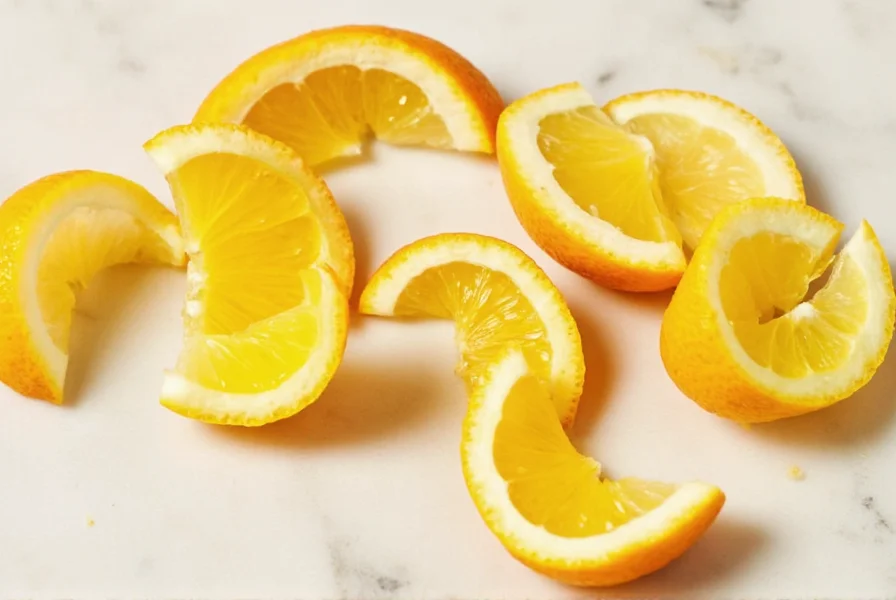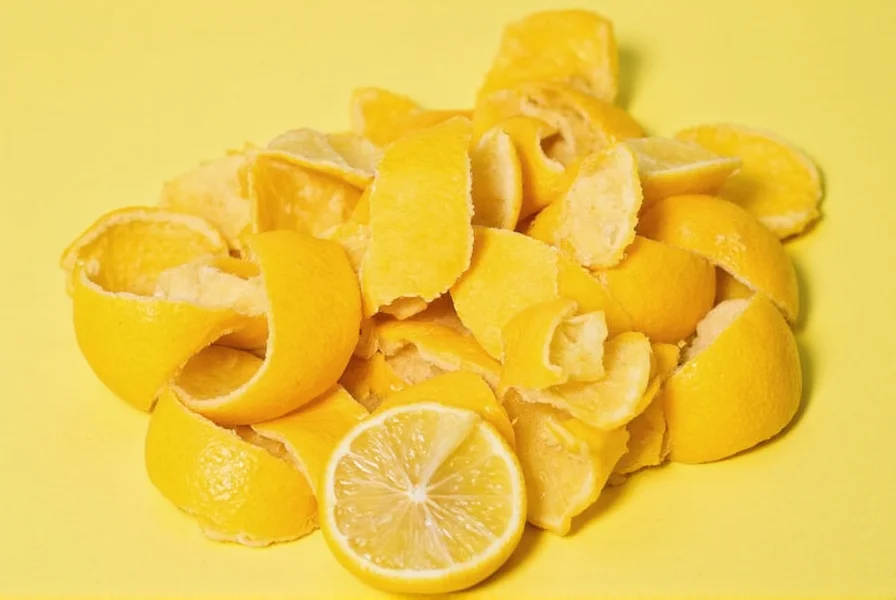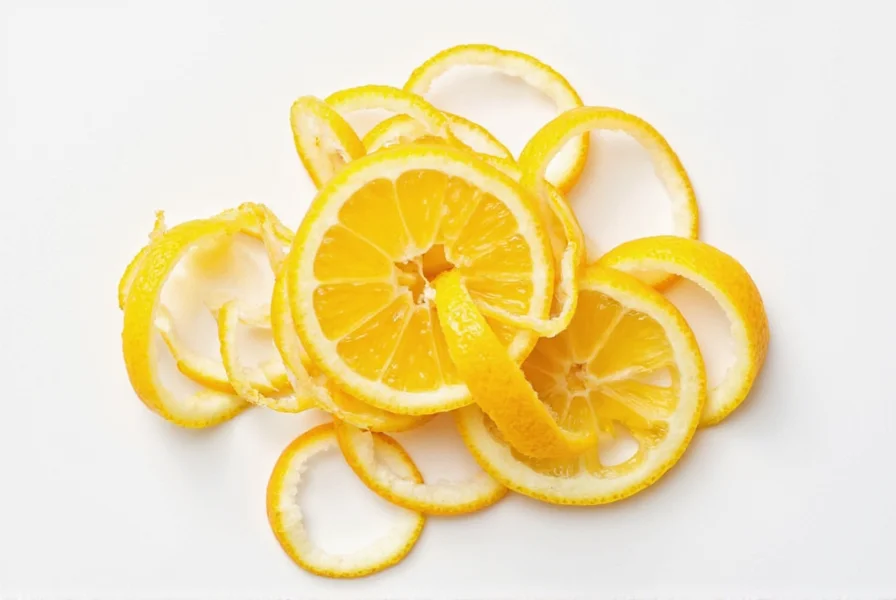Table of Contents
How to Use Citrus Peel in Cooking
Citrus peel is one of the most versatile ingredients in the kitchen, adding bright, aromatic flavor to both sweet and savory dishes. Whether you're making baked goods, marinades, or beverages, here's exactly how to use it effectively:
- For Baking: Add 1-2 teaspoons of fresh zest to cake batter, cookie dough, or muffin mixtures. Lemon zest pairs perfectly with vanilla, while orange zest complements chocolate.
- In Savory Dishes: Sprinkle grated zest over roasted vegetables, fish, or chicken before cooking. A pinch of lime zest in salsa or guacamole adds fresh complexity.
- For Sauces and Dressings: Whisk 1 teaspoon of zest into vinaigrettes, marinades, or creamy sauces like hollandaise for a bright finish.
- In Beverages: Infuse water, tea, or cocktails with citrus peel. Try frozen lemon peel cubes in sparkling water for a refreshing drink.
- For Preservation: Make citrus-infused sugar by layering zest with granulated sugar in a jar for 2 weeks. Use it in coffee or baking.
Zesting Techniques
Proper zesting is key to maximizing flavor without bitterness. Follow these steps:
| Tool | How to Use | Best For |
|---|---|---|
| Microplane Grater | Hold fruit firmly, grate gently from top to bottom. Stop when white pith appears. | Finely grated zest for baking and delicate dishes |
| Vegetable Peeler | Peel thin strips avoiding white pith, then finely chop with knife. | Long strips for garnishes or infusions |
| Channel Knife | Twist knife along fruit to create decorative curls. | Cocktail garnishes and decorative presentations |
Always use organic fruit when possible to avoid pesticide residues on the peel. Wash thoroughly before zesting.
Storage Tips
Preserve freshness and flavor with these storage methods:
- Refrigerator: Store fresh zest in an airtight container for up to 1 week. For longer storage, freeze in a sealed bag for up to 6 months.
- Dried Zest: Spread zest on parchment paper and air-dry for 24 hours, then store in a dark jar. Use within 3 months.
- Oil Infusion: Combine zest with olive oil in a jar. Store in cool, dark place for up to 2 weeks for immediate use in dressings.



Health Benefits
Citrus peel contains powerful compounds that support wellness:
- Rich in Antioxidants: Flavonoids like hesperidin and naringin help combat oxidative stress.
- Supports Digestion: Limonene in citrus oil stimulates bile production for better fat digestion.
- Vitamin C Source: Provides 10-15% of daily vitamin C needs per tablespoon of zest.
Always consult a healthcare provider before using citrus peel for medicinal purposes.
Frequently Asked Questions
-
What's the difference between citrus zest and peel?
Citrus zest is the thin, colored outer layer containing aromatic oils. The peel includes both zest and bitter white pith. Always remove pith when zesting to avoid bitterness.
-
How much zest does one citrus fruit yield?
1 medium lemon = 2-3 tbsp zest, 1 orange = 3-4 tbsp, 1 lime = 1-2 tbsp. Yield varies by fruit size and grating technique.
-
Why does my citrus zest taste bitter?
Bitterness comes from the white pith. When zesting, stop as soon as you see white showing through. Use light pressure and a sharp tool.
-
Can I use dried citrus peel instead of fresh?
Yes, but use 1 tsp dried for every 1 tbsp fresh. Dried zest has more concentrated flavor but less brightness. Rehydrate in warm liquid for 5 minutes before using in recipes.
-
When should I add zest to recipes?
Add early for infused flavors (baking, sauces) or at the end for bright, fresh notes (salads, finished dishes). For best results, add to warm ingredients to release oils.











 浙公网安备
33010002000092号
浙公网安备
33010002000092号 浙B2-20120091-4
浙B2-20120091-4